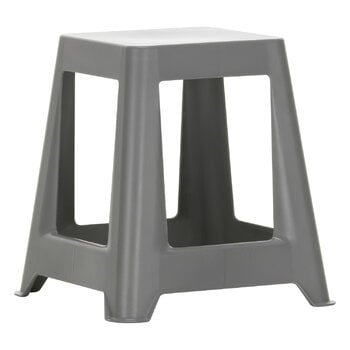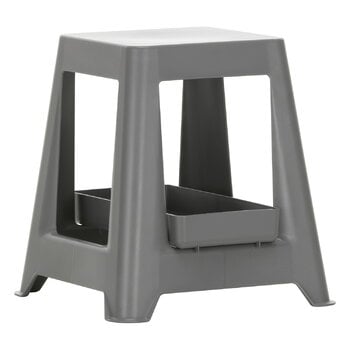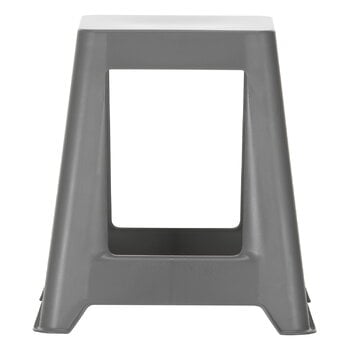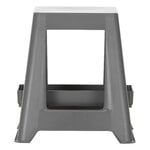The Vitra Chap RE stool is a multifunctional piece of furniture, designed by Konstantin Grcic, which functions as a footstool, a side table and an extra seat at once. Thanks to its light and stackable construction, the stool is a practical addition to any home, for example in the kitchen or kid's room, but also in offices and various event spaces where extra seats may come in handy from time to time. Chap RE is made of recycled plastic and is fully recyclable after reaching the end of its long life-cycle.
The Chap RE stool can be complemented with the Chap RE tray that fits under the seat and acts as a storage compartment for personal belongings during a meeting or training session, for example. The tray is sold separately.













